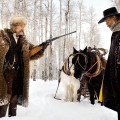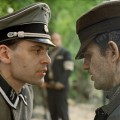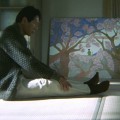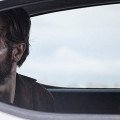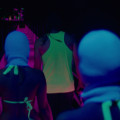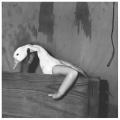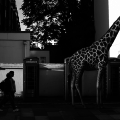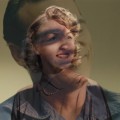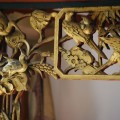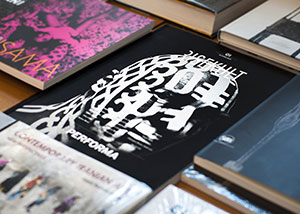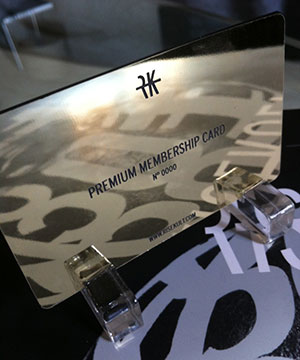China in the ninth century, a ten-year-old Nie Yinniang, is subtracted to parents and grew to become a murderer and fight corruption and cruelty rampant among the provinces of the Empire. Thirteen years later, following the failure of a mission, the punishment imposed by his teacher of combat is even harder than the rigid discipline which she faced: Nie Yinniang will return to her native land and kill the man who had been betrothed, the cousin of which is still in love. A great comeback of Hou Hsiao-Hsien, master of Eastern cinema already known for some of his films as: “Millennium Mambo” and “A City of Sadness “. With “The Assassin” Hou Hsiao-Hsien completely reinvents the Wuxia genre in its creativity according to their own personal and recognizable cinematic style. It’s a film that you live like a painting fascinating and majestic with its colors that alternate with a black and white original in colors stronger and impactful as the red and the black, echoing a sense of mystery, and immersing the viewer in a deep and evocative distance. During the projection seems to participate in a real ritual: the setting slow and rigorous of a glacial feeling, encoded by the looks on fire that capture the essence of the ancient ceremonial. All this, along with choreographed martial arts fights typical of Wuxia, perfectly synchronized and strictly performed with acrobatic Kung Fu moves. A film of an elegance of composition in which the action is punctuated with the solemn rhythm and without emphasis of the representation of an era now remote. The Wuxia is a modern Chinese literary genre born at the beginning of the twentieth century. It is usually depict the adventures of martial heroes of the Chinese tradition. Although traditionally a literary form, expands its spread in other artistic currents. The protagonists of the adventures Wuxia heroes do not need a man, or a military authority, nor are they part of the aristocratic class, they usually belong to the lower classes. Moved by a code of honor that has the sole purpose of justice, seeking revenge for past crimes. “The Assassin” certainly can not be defined a Wuxia as many others: although respecting all the canons of narrative typical of the genre, Hsiao Hsien infuses and defines a modern spirit in his film, turning in an almost abstract way. The fights are not as impressive as in other Wuxia films, it seems that they are only part of the punctuation of his film grammar. Even in fiction the compassionate feelings of the protagonist played by Qi Shu, are in themselves an absolute revolution of the genre. This unique style manipulates suspensions verbal and of action with shots ever in the medium / long range and never in the foreground. The protagonists in fact appear to be almost the landscapes themselves, introduced with great skill, deliberately provoking a sense of curiosity in the viewer: a contemplative analysis of the beautiful surroundings of northern China in its most detailed natural elements. The film was shot in various locations around the country. Most of the shots were made in the center, in Hubei province, but also in the northeast, and concludes in neighboring Mongolia. Hsiao-Hsien while filming the movie said that when he saw for the first time the forests of silver birch trees and lakes was for him like being transported directly into a classical Chinese painting. The film has a budget much larger than its previous productions. Hou said: “I have not shot a movie in six or seven years. It’s really a whole new world for me Because the market is now so big, Because of China. So the scale is much bigger, and That makes every detail different I know even now I have to adjust my steps. ” The photography of the film was edited by Mark Lee Ping Bing, who had worked with Hsiao-Hsien in the film “Le Voyage du Ballon Rouge” but especially enjoys the gratitude in having direct the photography of Wong Kar-Wai’s dogma work “In the Mood for Love.”
Hou Hsiao-Hsien: THE ASSASSIN
AUTHOR: Andrea Dutto
VIDEOCOMMENTSRELATED POST |
|
|
|
|























